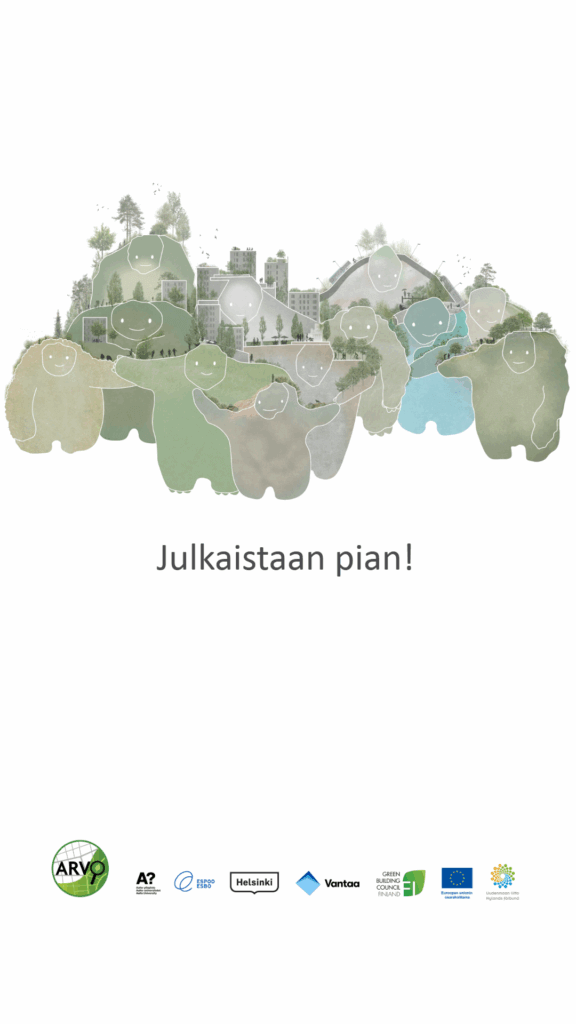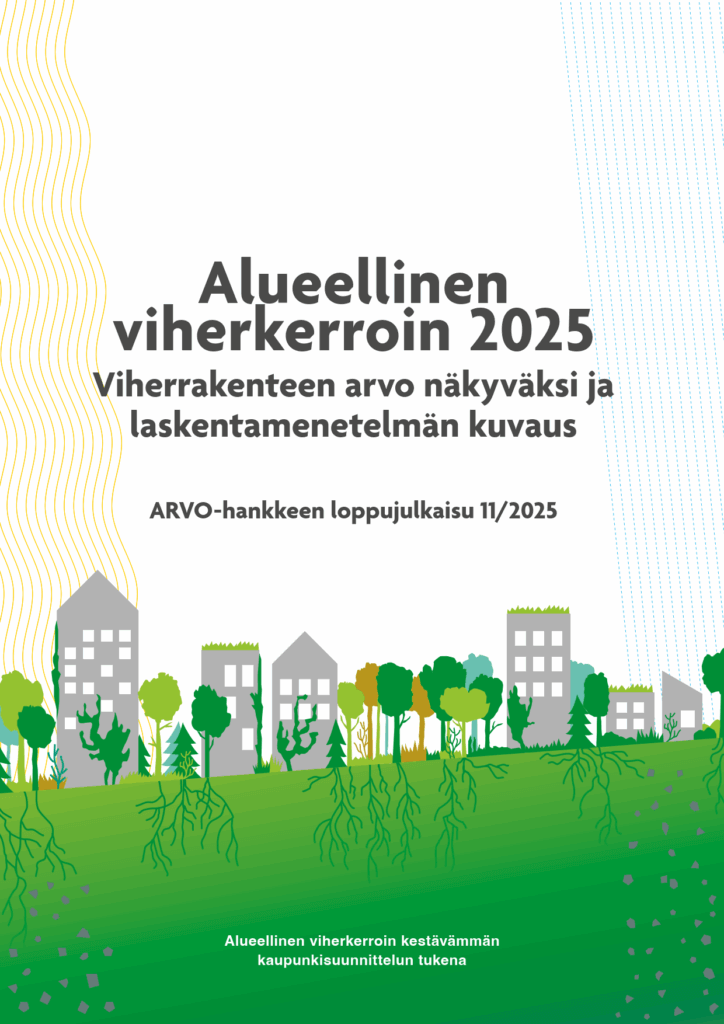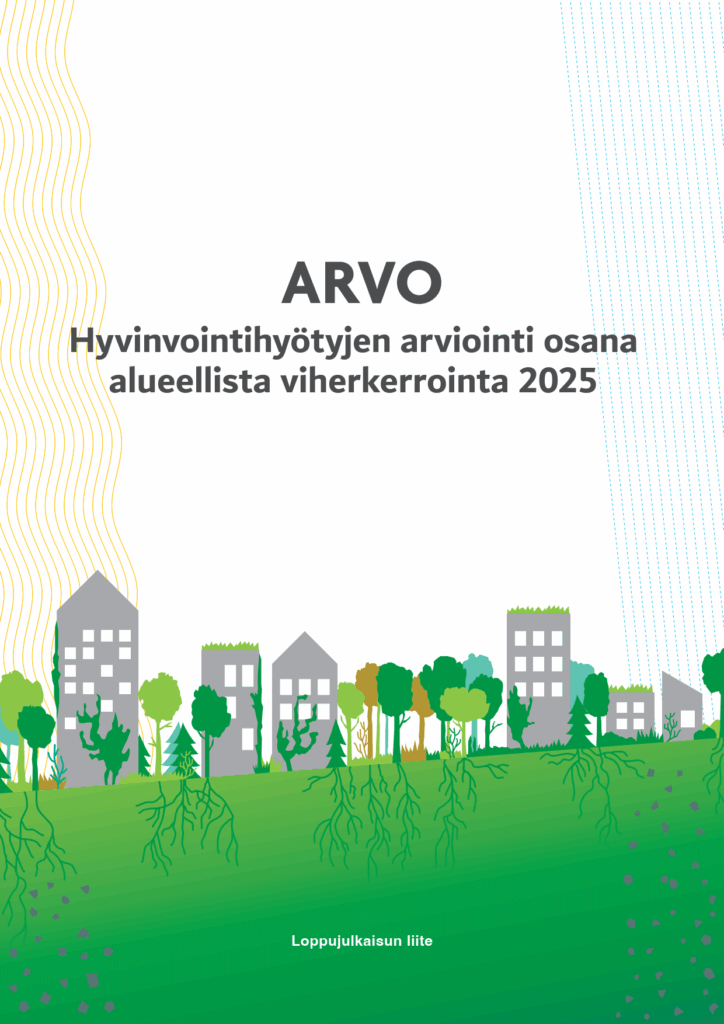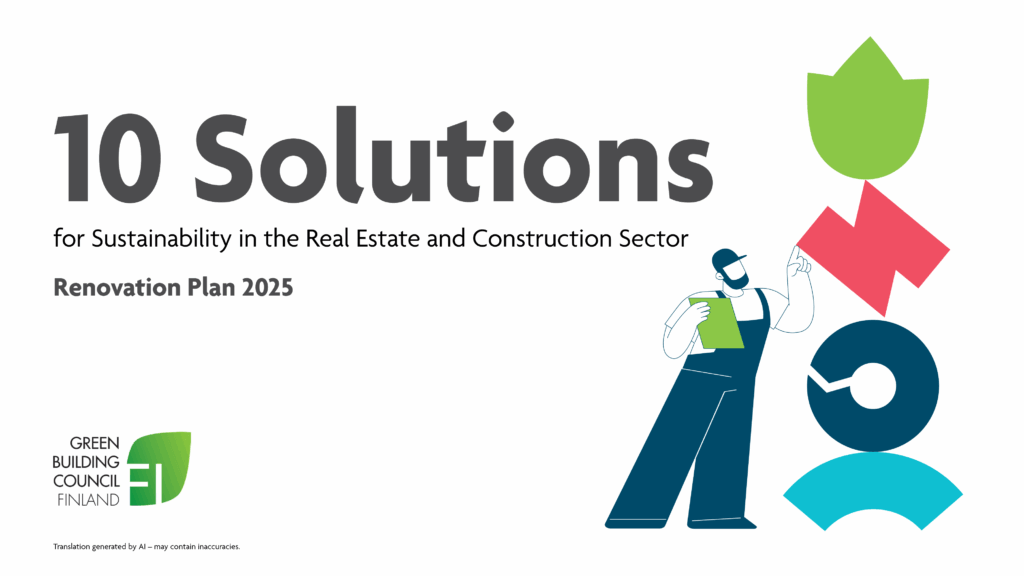We humans have depleted the resources provided to us by nature and thrown ecosystems off balance. Human health and wellbeing are strongly connected to the quality of our environment and the wellbeing of ecosystems: clean water and air, biodiversity and healthy soil. To be able to offer the next generations the possibility to live a good life, we must reproduce the reserves we have depleted and restore the ecosystems we have ruined.
Decreasing the negative impacts of human actions is no longer enough. We must do more good than harm, also in the construction industry. Frontrunners are now finding solutions in the principles of regenerative planning.
Systemic thinking for seven generations ahead
In regenerative planning, it is essential that we consider sustainability from various perspectives. We must plan a process in a way that considers an entire system all at once: natural and human systems are not separate but interconnected in many ways. Additionally, the process has an extensive time span. It is often said that regenerative planning should consider the impact of decisions on the seventh generation ahead – people living 200 years from now. This is not a simple task.
Common understanding of regenerative planning in practice is still very thin. Therefore, it is difficult to even define the goals of projects aiming at regeneration. There are no ready-made solutions. In nature, each ecosystem is unique, which means that in different projects, the best solutions can look very different.
The biggest hurdles to change are orthodox goals and processes – and a lack of know-how. Action is guided by efficiency, not impact. People working in projects do things like they are used to. So what should we do?
Break down silos and diversify your thinking
Our whole industry needs a radical shift in mindset. Multidisciplinary collaboration is key. We must engage a diverse group of specialists from different fields of expertise in built environment projects as early as possible, when big decisions are made regarding locations, directions and magnitudes. Project leadership positions must also reflect diverse expertise.
Diversifying your thinking takes guts and readiness to reprioritise, but it does not necessarily require financial investments bigger than usual. Conserving nature reserves and integrating nature into high-density built environments benefits society and creates value for people. For example, many prefer to live near a natural forest, lake or seashore. Local nature is not only a source of recreation: it also promotes health by boosting our immune system and lowering blood pressure. We must be able to include these benefits in decision-making regarding the built environment.
Each element in the built environment must be examined with an open mind to understand which new and different benefits it could provide for the whole system. Could a bridge contain a battery or be part of new habitats and ecological links? Could we fix more carbon into the structure than is released into the atmosphere?
A new kind of thinking can be put to practice if there is enough will. For example, projects implemented according to an alliance model, such as the Crown Bridges and the Jokeri Light Rail project in Helsinki, Finland, have already demonstrated objectives and operational models where innovative thinking has taken planning and implementation to a whole new level. Elements of regenerative planning are also included. The management model ensures that the project sticks to the goals of regenerative development.
Check list for regenerative planning
- Invite experts from various fields to take part in planning. At the very least, you will require the expertise of ecology and health specialists, in addition to construction, engineering, and finance professionals.
- Identify the impacts of your project as widely as possible, as early as possible. Do not settle for minimising harm. Keep an open mind and consider how the project could generate as wide a range of benefits as possible.
- Collaborate with local players and residents to develop your project. Nurture local values and make use of local know-how and other resources.
- Stick to your objectives all the way from the beginning of your project to the end, and manage them systematically. Be sure to reward your team whenever a solution succeeds at improving the state of the environment or society.
What would you add to the list? Contact us – let’s talk!
The authors
Riina Känkänen is Head of Sustainability at Ramboll Finland and chairperson of the Infra committee at Green Building Council Finland. Känkänen has extensive experience in leading sustainability.
Katri Einola is a designer and multidisciplinary sustainability expert with experience in systemic thinking. She leads Ramboll’s strategic sustainability theme Resilient societies & liveability at Ramboll Finland.




